"Drink till you drop"
A view into Dunedin's drinking culture.


When looking at university and social media it is clear that both instances of usage are increasing, with a survey done by 494 Otago University Students, showing that every one of them had social media, showing the extent of its use (University of Otago, 2023). The rapid use of social media provides opportunity for individual and commercial representations of drinking.
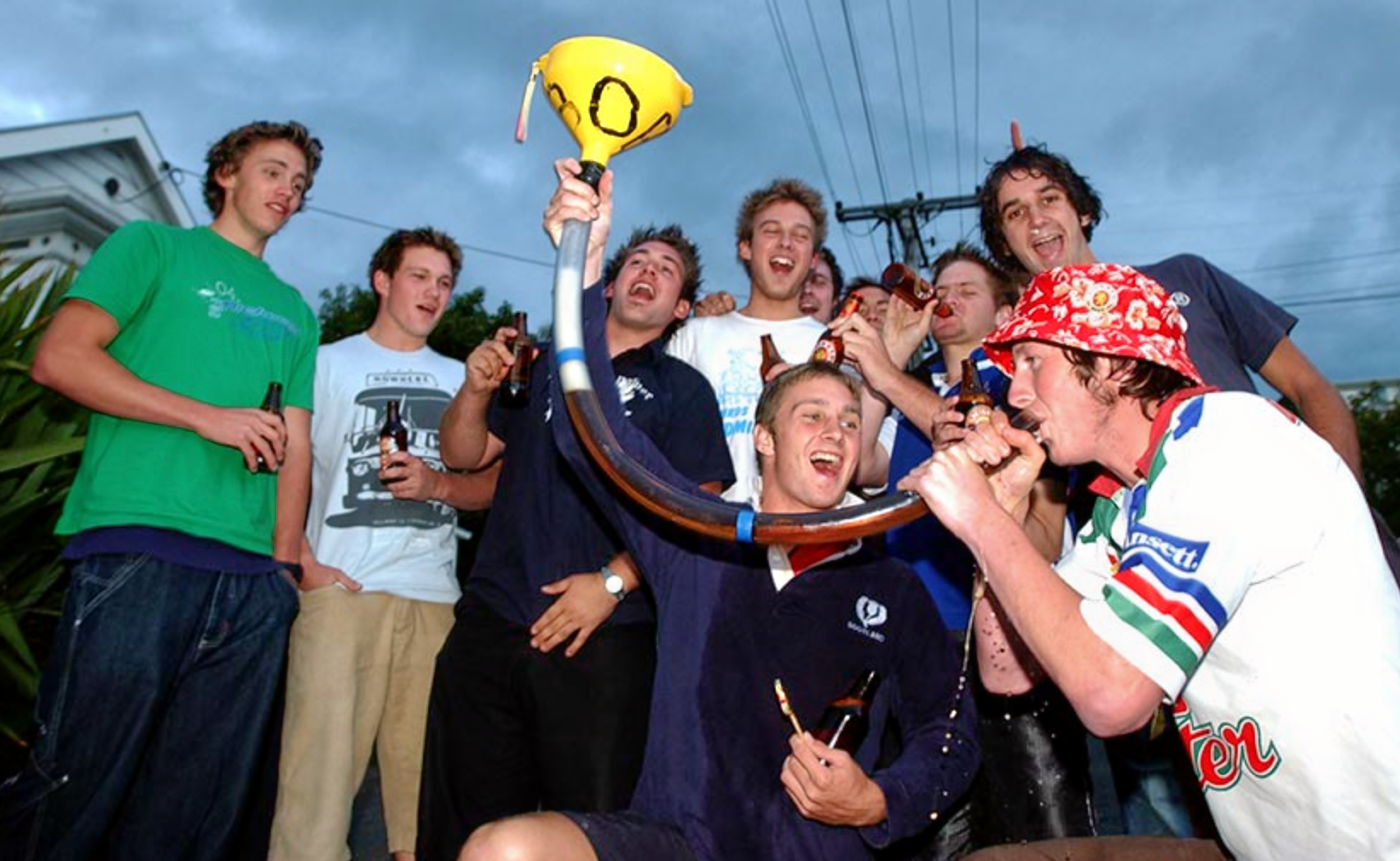

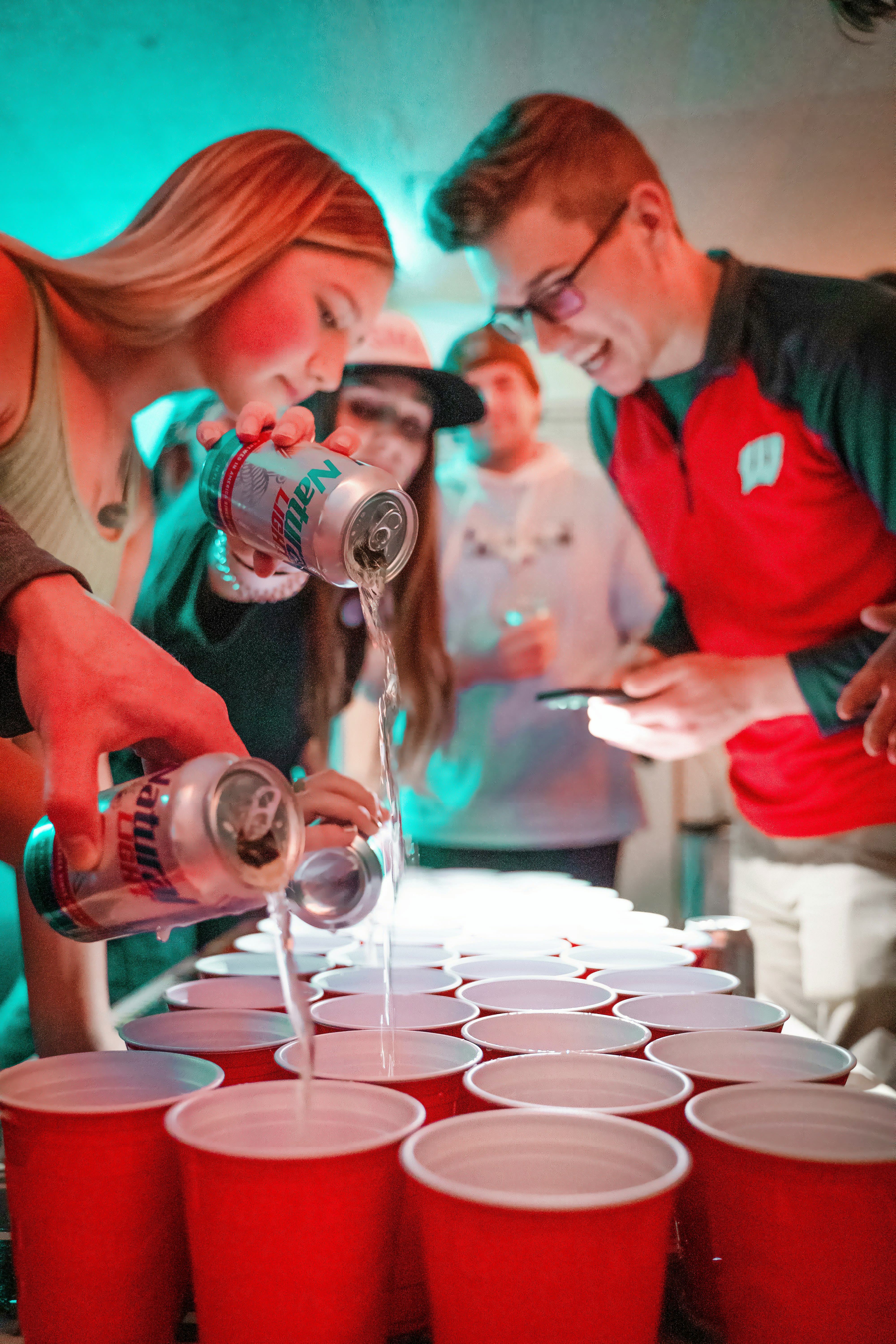
Students are regularly sharing alcohol related content on social media apps such as Facebook and Instagram, while also interacting with people and companies posting the same thing. New Zealand based research shows it is basically a “post-drinking-event” ritual to post about drinking, and that a positive perception of consumption was heavily reinforced in the commercial setting through things such as, quizzes and games. Personal and commercial media reinforcement of a positive drinking culture, allows media and alcohol consumers to create a positive discourse on drinking.
However, is this always the case? Has drinking been too normalised? Is there now an expectation that this is how you socialise?
It all appears fun and games until students begin to come forward with their own drinking horror stories. A student in the University of Otago Critic Magazine shares a story of drinking irresponsibly and being taken advantage of in multiple settings, stating “it was so scary. I lost total control” and that she does not want to “drink or be associated” with alcohol anymore. However, in a final word states “it’s such a big part of my social life [in Dunedin].” Other students in the article also share stories of feeling alienated because of alcohol and pressured to drink because everyone else was, otherwise they would “get shit for it” showing how the drinking culture within Dunedin’s “student-vill” specifically, is a little too normalised for people to willingly and openly admit.
Media frequently portrays the sociable, fun side of drinking, through company ads encouraging consumption of the newest drink or attendance at the “latest new festival” and the “antics” people get up to, but it rarely highlights the overly normalised culture that pressures so many to keep drinking and push their limits, just to “fit in.” Maybe it is time for a change, when there is more harm than good that comes out of it.
Gendered marketing tactics for alcohol
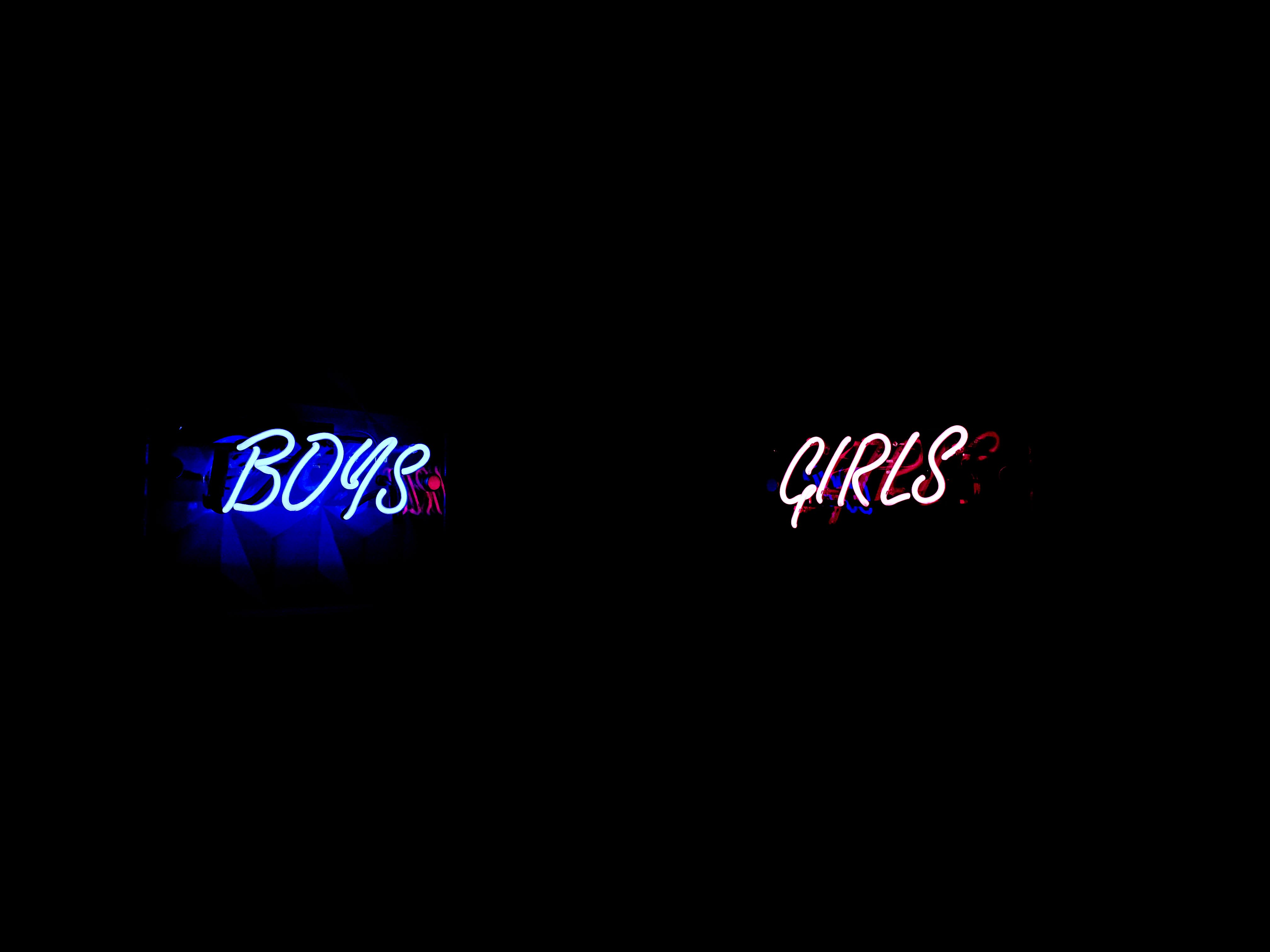
Why use gender engagement strategies?
Social media is a popular marketing technique for alcohol and is used to embed itself into everyday lives. These marketing tactics tend to aim for traditional gender stereotypes and what they believe certain genders' lifestyles and choices may be.
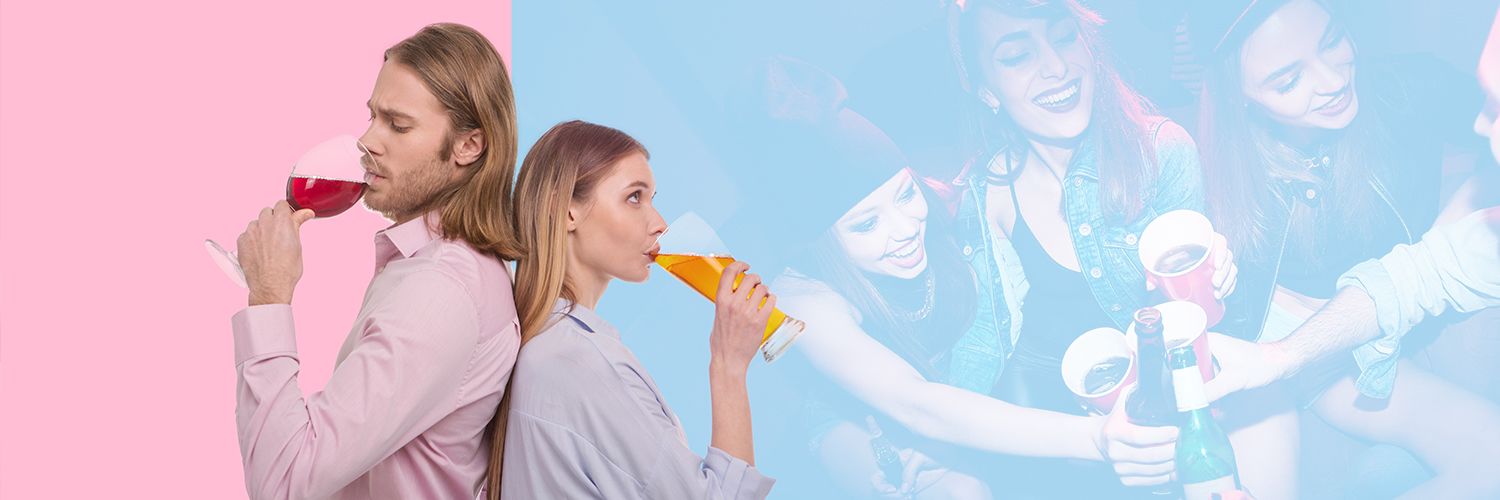
Gendered Differences
When discussing Dunedin and its drinking culture, gendered differences often manifest in the portrayal of the culture. Guys will often find themselves at the forefront of blame when it comes to alcohol-related issues, they are looked down upon as the rowdy troublemakers, while girls have an easier escape to its similar scrutiny. It's a double standard that pervades many aspects of social perception and attitude towards drinking.
There's a normalization of drinking for guys, almost as if it's an inherent part of their identity, while girls who partake are often judged more harshly (especially when they have had one too many). This contrast underscores societal attitudes toward gender and alcohol consumption. For example, when a guy urinates in public on a night out it is considered ‘ok’ and ‘normal’, where if the tables were turned that would not be the case.
The media tends to twist parts of a story, of instances where guys are involved in alcohol related incidents, keeping the stereotype of ‘the reckless male drinker,’ very strong. However, it's crucial to recognise that both genders can and do engage in excessive drinking, sometimes with similar consequences. This gendered lens not only stems from public perception, but also affects how individuals look at themselves within drinking cultures. It can lead to harmful stereotypes and expectations, influencing behavior and self-esteem. Breaking down these gendered barriers is essential for creating a more inclusive and better understanding of drinking culture, where individuals of all genders are judged by their actions rather than societal expectations.
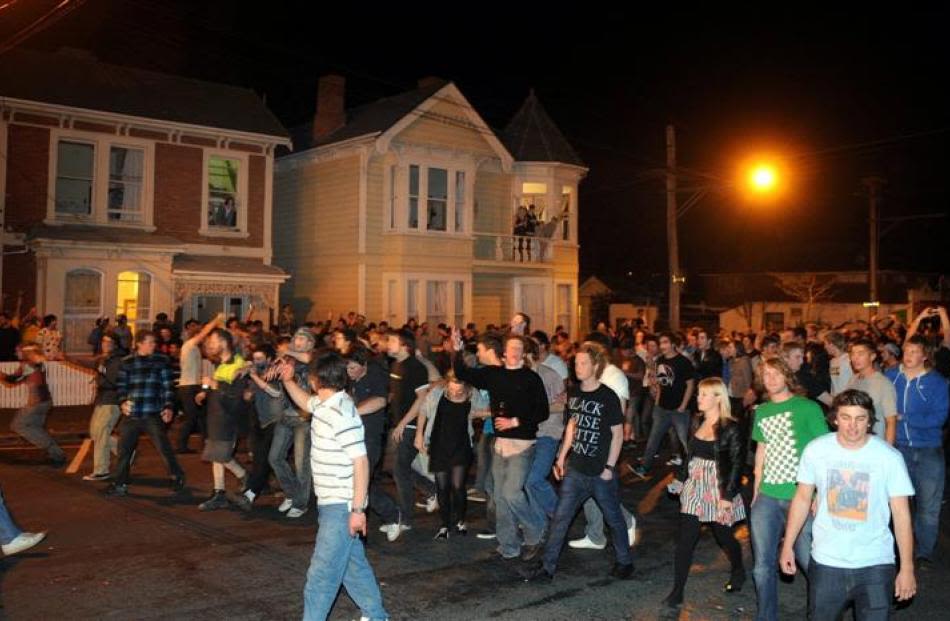
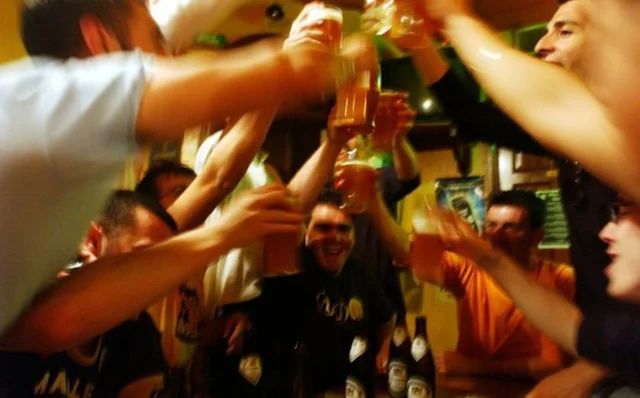
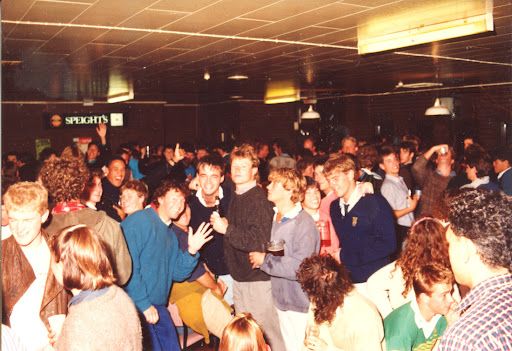
Repercussions of the Drinking Culture

Content Warning: This sections contains mentions of sexual assault.
It’s no secret that Dunedin, and Otago University students' drinking culture has had lasting repercussions on the experience of living in the city, and how students engage with the drinking culture. The ritual act of a “coffin” (12 pack) of RTDs every weekend, the getting dressed up to shamble down a cold street to a crusty night club or a house party has led to binge drinking becoming regular, but what are the repercussions of this?
“Drinking till you drop”, as it’s known, can leave people in a vulnerable state, putting them in a position where they may be taken advantage of. Especially at house parties, a place where sexual assault is more common due to factors such as people being in close quarters, a level of anonymity from the lower sobriety and the often dim lighting. With the perpetuation of binge drinking, it only leads to more people having these kinds of experiences. Men are let off the hook as they are consequence free for being “on the piss”, blaming the alcohol for their actions, laughing off any indecency they may have caused, sexual in nature or not, proudly proclaiming how much of a “menace on the piss” they are. The more the things we do while drunk and the crazier they are, the better stories they will be the next day, glorifying the act of drinking to excess, especially among young men.
Writing is a medium of communication that represents language through the inscription of signs and symbols.
In most languages, writing is a complement to speech or spoken language. Writing is not a language but a form of technology. Within a language system, writing relies on many of the same structures as speech, such as vocabulary, grammar and semantics, with the added dependency of a system of signs or symbols, usually in the form of a formal alphabet. The result of writing is generally called text, and the recipient of text is called a reader. Motivations for writing include publication, storytelling, correspondence and diary. Writing has been instrumental in keeping history, dissemination of knowledge through the media and the formation of legal systems.
"When I showed up at the party, I thought I was going to have so much fun."
"I blacked out... it became one of the worst nights of my life."
"A guy I knew from the party came to look after me.... I was used and abused."
"It was so scary. I lost total control over my mind and body."
"I don't want to drink, I don't want to be associated with it anymore. But it's such a big part of my social life."
References
Hebden, R., Lyons, A. C., Goodwin, I., & McCreanor, T. (2015). “When You Add Alcohol, It Gets That Much Better.” Journal of Drug Issues, 45(2), 214–226. https://doi.org/10.1177/0022042615575375
University of Otago. (2023, December 22). The Kids are Alright. Www.otago.ac.nz. https://www.otago.ac.nz/news/newsroom/the-kids-are-alright
Heir, I. (2023, October 1). When the party’s over. Critic Te Ārohi, 25, 28–35. https://www.critic.co.nz/issuu-archives/issuu/362/
https://thespinoff.co.nz/society/19-02-2024/the-painful-history-of-student-flat-initiations
https://www.youtube.com/watch?v=v-yqlsRm9WA
